The interest in Lacquered glass shutters for home interiors seems to have picked up lately in Bangalore. I’ve had a number of folks asking for lacquered glass finish for their Kitchens & Wardrobes and while the finish looks great, it comes with its own set of pros and cons. Before deciding on any glass based finish there are things that home makers need to know and that is what we will discuss in this post today.
Types of Glass Finishes available for Home Interiors: What is important to know first is that there are multiple types of glass finishes (not just Lacquered) available in the Bangalore market today. This includes
- Regular mirror:
- Tinted mirror (Grey, Golden etc.),
- Tinted plain glass (similar to tints for car glass)
- Ready made lacquered glass (which is basically painted glass) – available in both gloss and matte finishes
- Switchable Glass: Glass that can be converted from plain to frosted on the click of a switch. Its use is primarily in Commercial applications. For homes – shower as well as room partitions can be done in switchable glass
- Speciality / Custom Made Finishes:
- Fabric Infused Glass: This has a fabric inserted between two plain or tinted glasses – recommended for dry areas only.
- Digital Printed Glass: Custom prints on glass, useful if you want continuity of a theme on the wardrobe etc.
- Custom Painted Lacquered Glass: On site painting on glass based on custom requirements
Ok I trust that now we are one shade smarter and less “glassy eyed” than where we started. The second thing that one needs to know is that glass finishes intrinsically are
- Scratch prone: Glass manufacturers hence use a different grade of material for painted glass or use a lamination on top of the glass that is more resistant to scratches, nevertheless it still gets scratches with prolonged usage. This is one of the main reasons application of glass is primarily restricted to vertical applications
- Brittle: We all know this – Unless thermally treated or laminated, glass breaks easily. Hence the safety aspect of using glass finishes at home need to be kept in mind especially if you have small kids at home. What is also important to know here is the difference between regular glass, toughened (or tempered) glass and hardened glass. Regular glass is …well …regular glass. Toughened glass is regular glass that has gone through a heat treatment process that ensures that DOES NOT make it TOUGHER (confusing why they call it toughened glass then…blame it on the English !!!). The process just ensures that the glass breaks into tiny pieces just in case it breaks and hence causes no harm. Hardened glass is actually the one that is difficult to break, it is quite expensive and is used for exterior facades and rarely used in interior applications We seem to have gone off topic so lets come back…
- Prone to get smudged or marked with finger prints – The easiest example is the touchscreen on your phone and the smudge cleaning product industry that it has given birth to. Lacquered ,or any other, glass shutters are no different – hence if you plan to have these at home then be ready to swipe and wipe a cellphone the size of a wardrobe. In addition to this matte finishes on glass tend to retain grease and oil marks hence use of matte glass finish in the kitchen should be avoided or minimised.
This post somehow has started sounding “anti-glass” hence let me correct the course here a bit as that is not the intent. Glass if used correctly has the ability to give residential spaces a unique and chic look – this includes wardrobe shutters that don’t just look great but are easy to assemble and install, don’t bend or warp and can be customized in multiple ways based on taste. That said, having the complete picture on use of glass for interior application is important to decide on its appropriate and safe use.
Before I go – you may also want to read the following articles that may be of interest
Signing off
Nandita
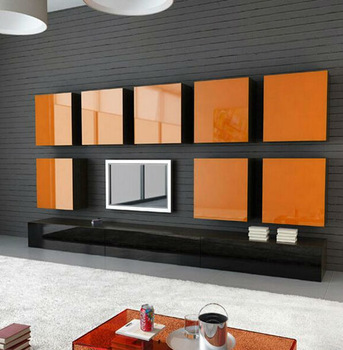
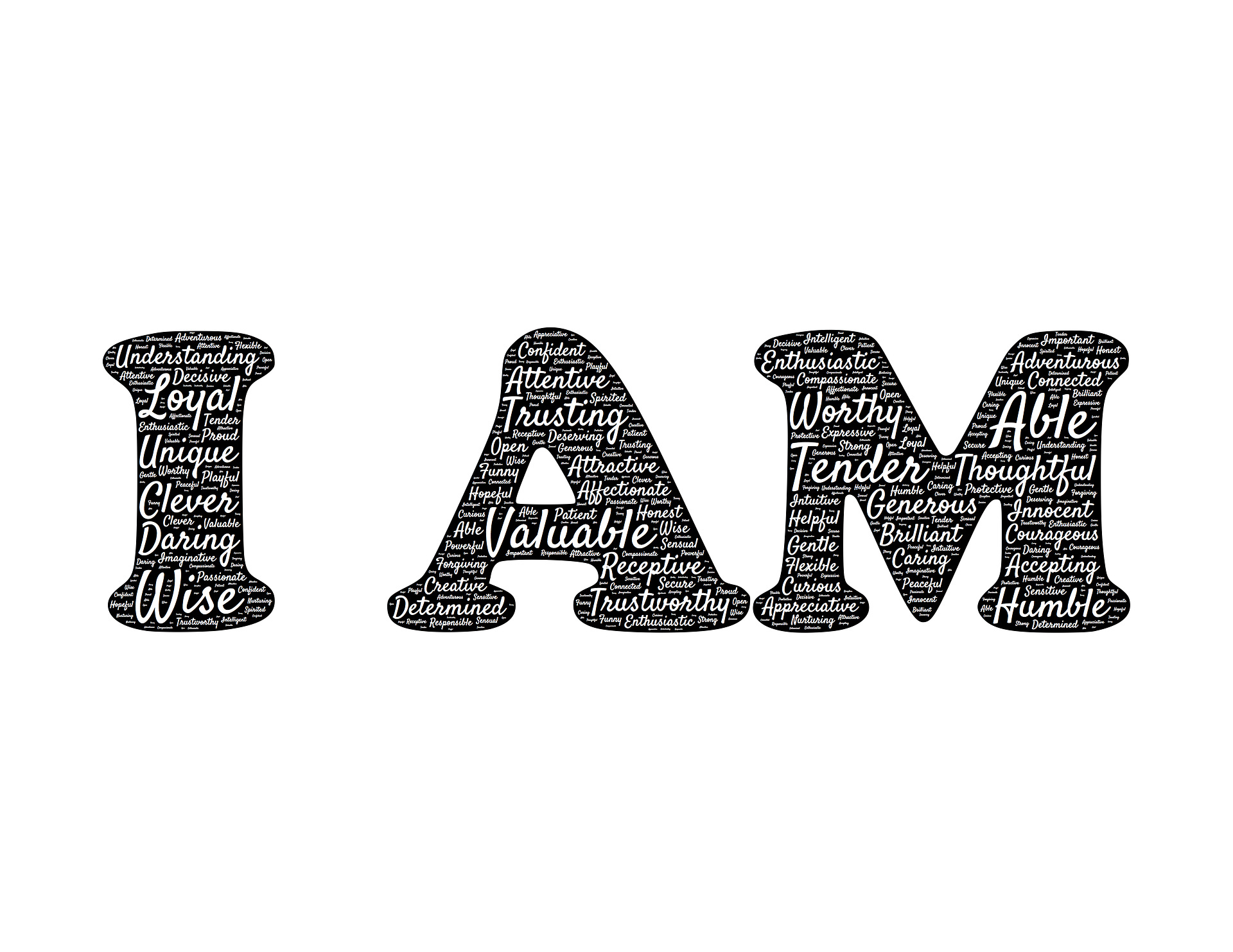



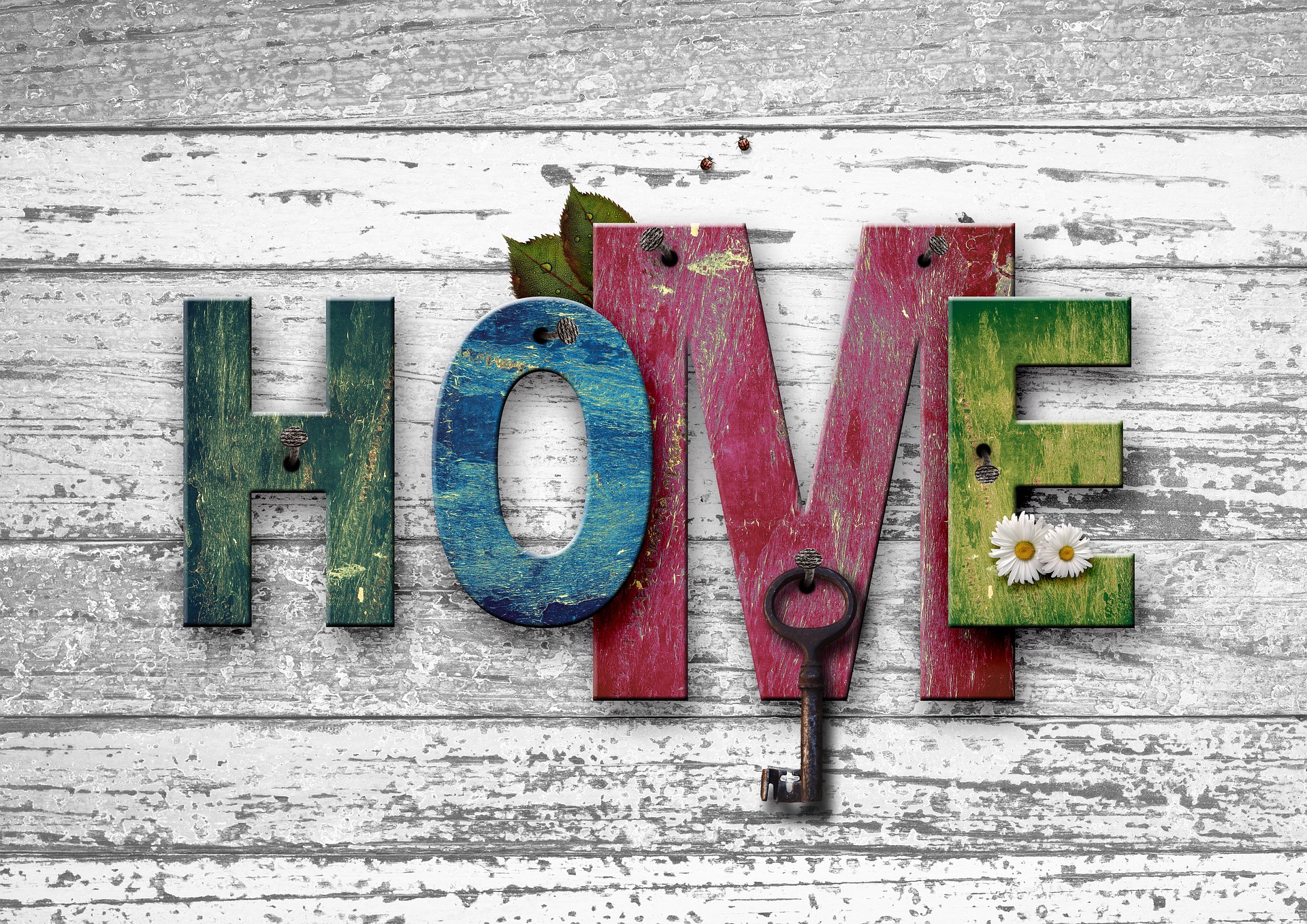
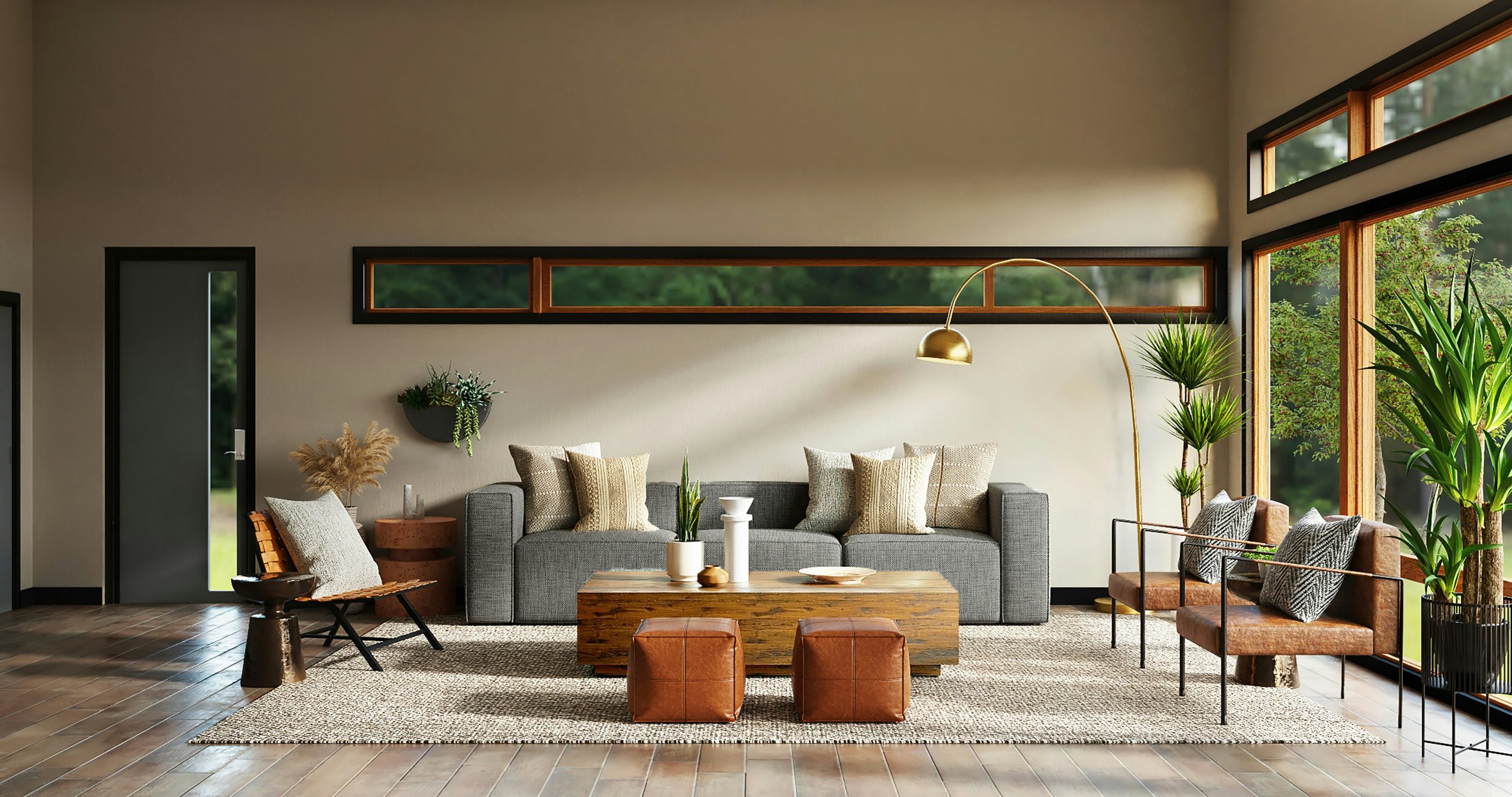
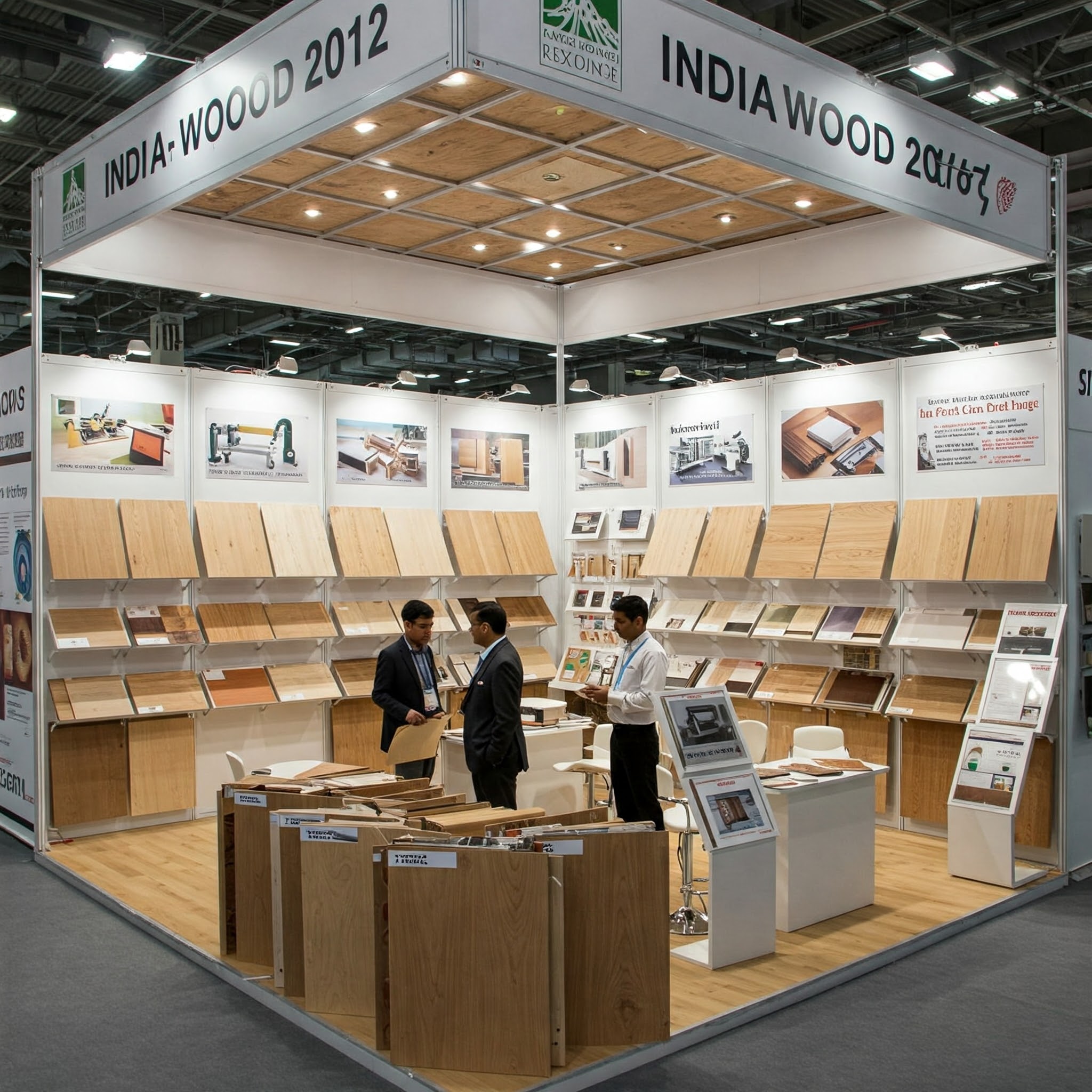
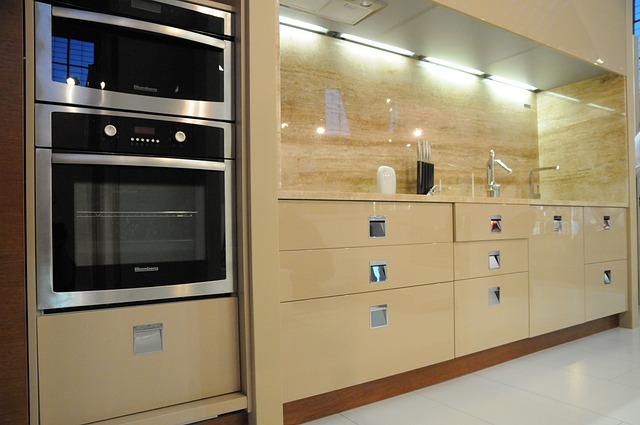

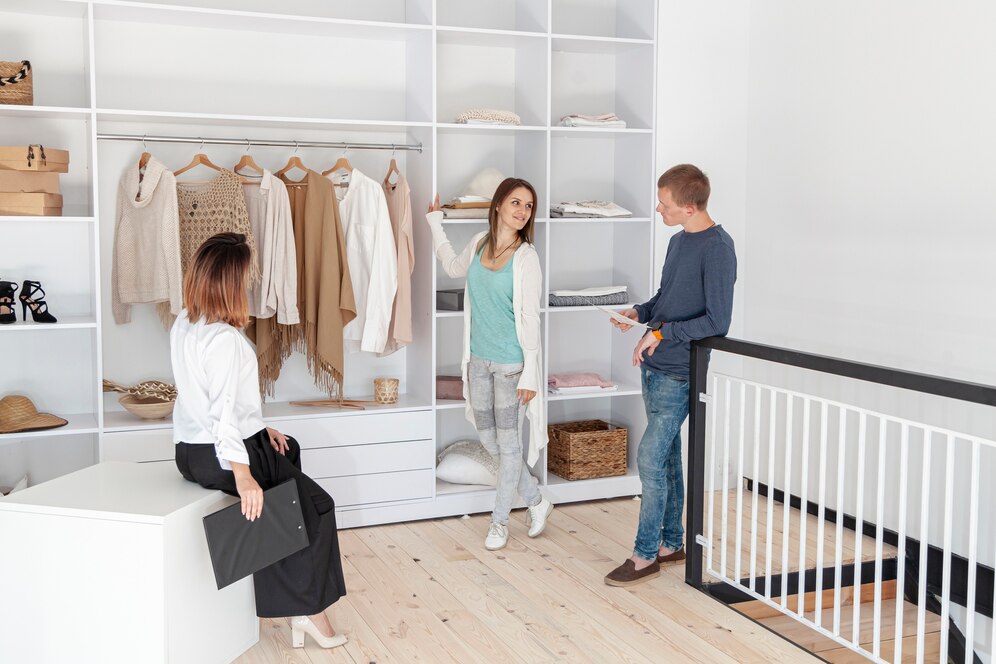
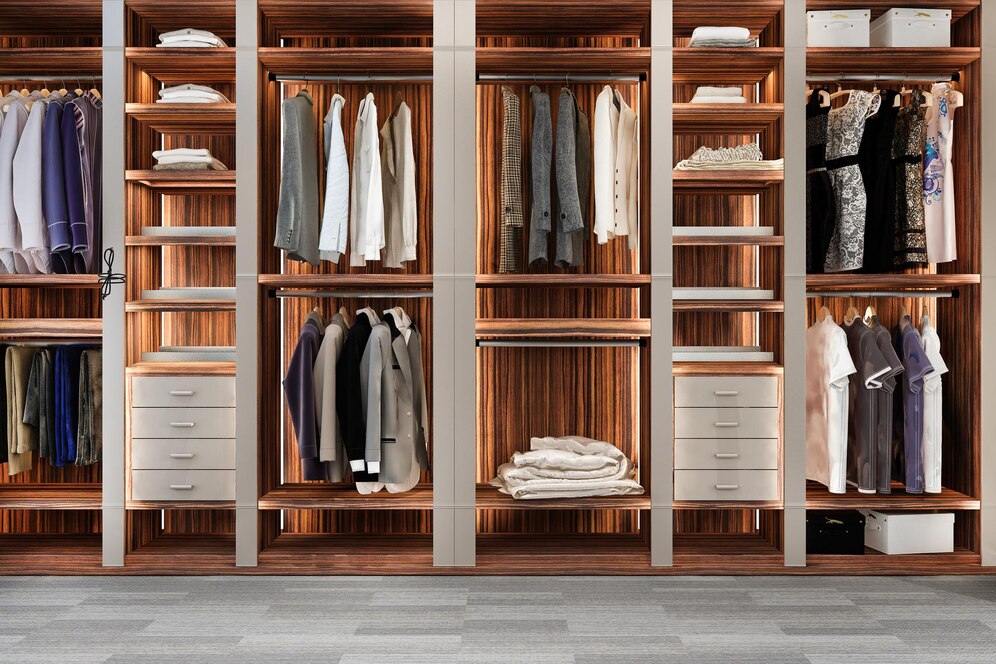


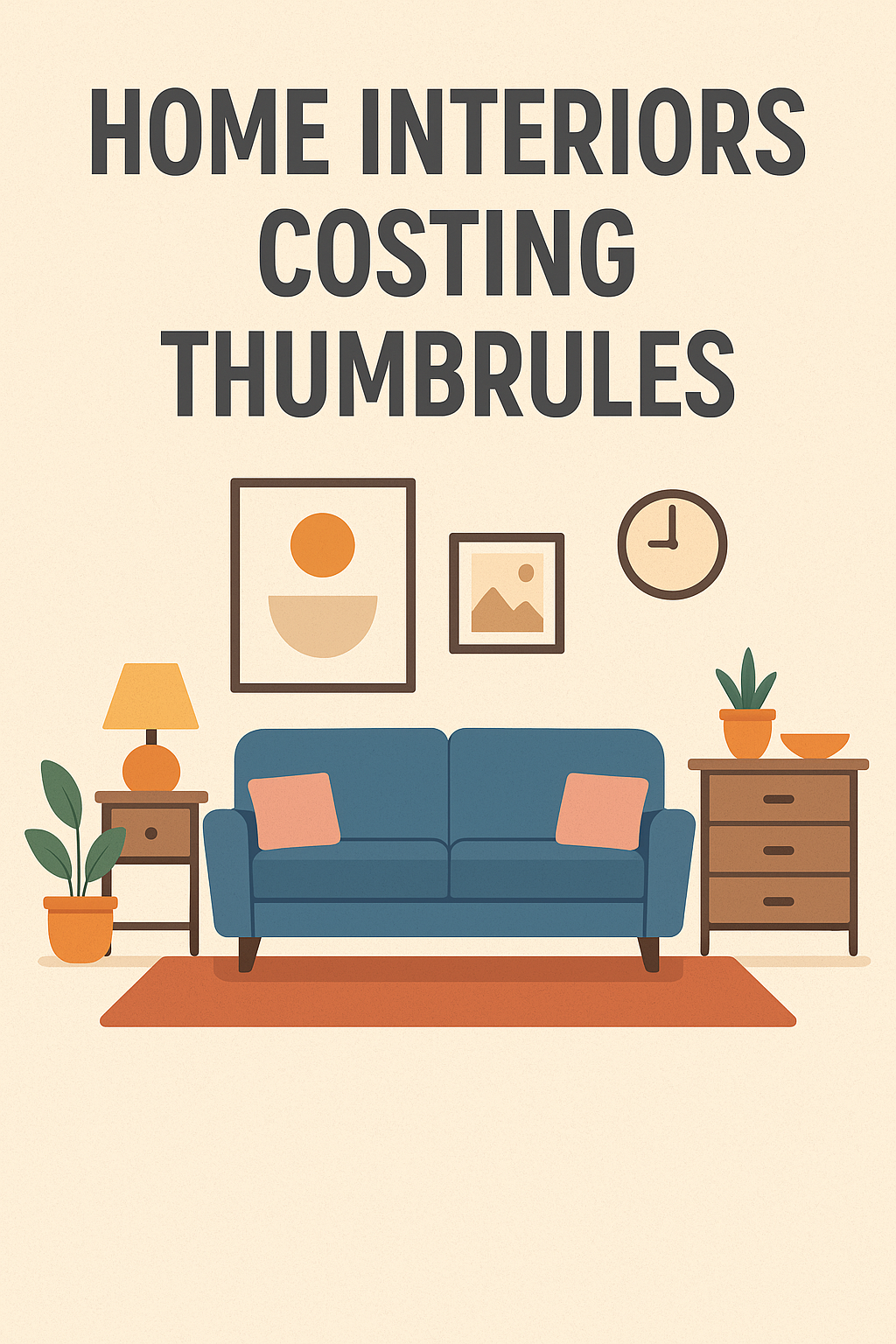



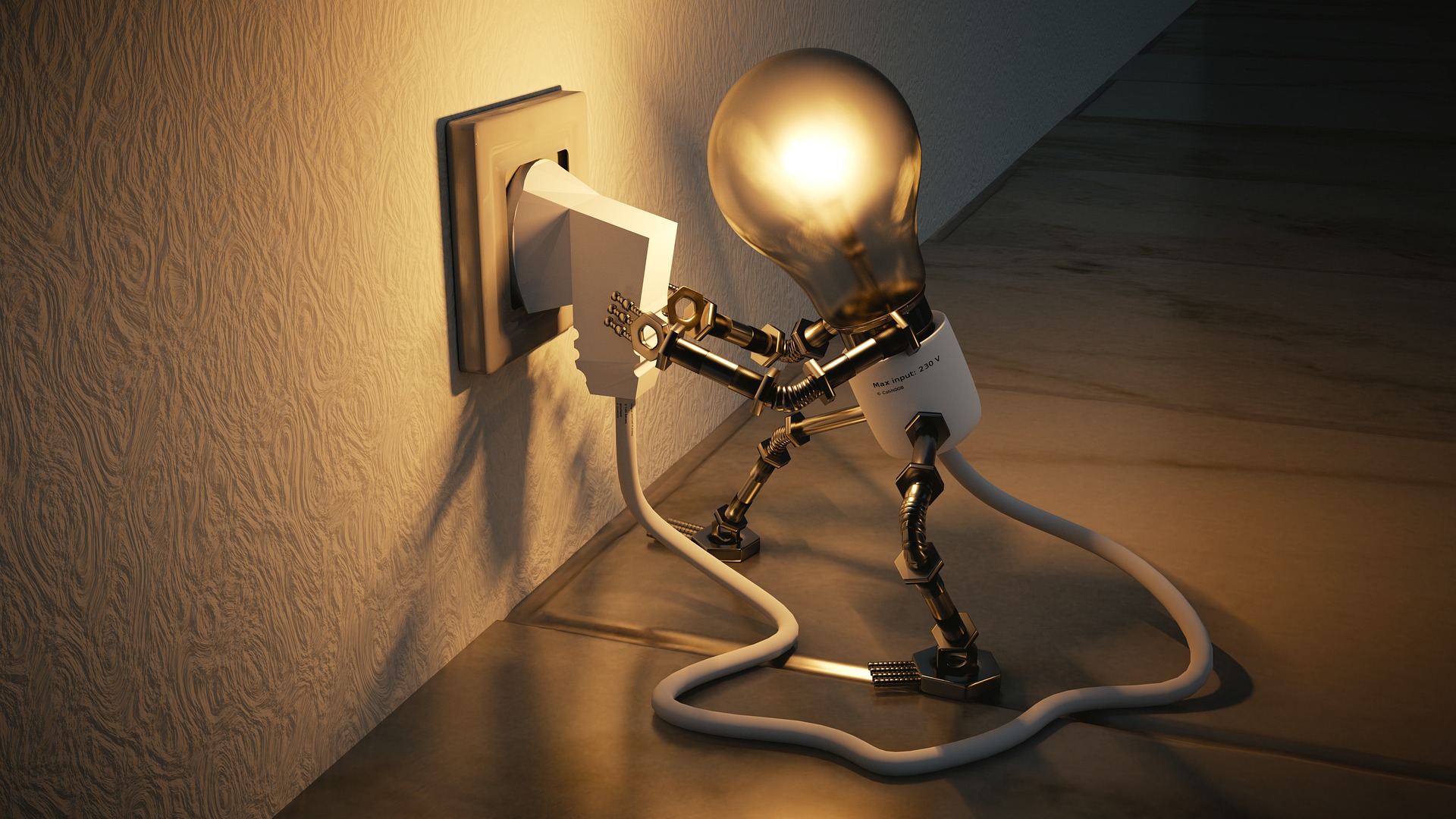

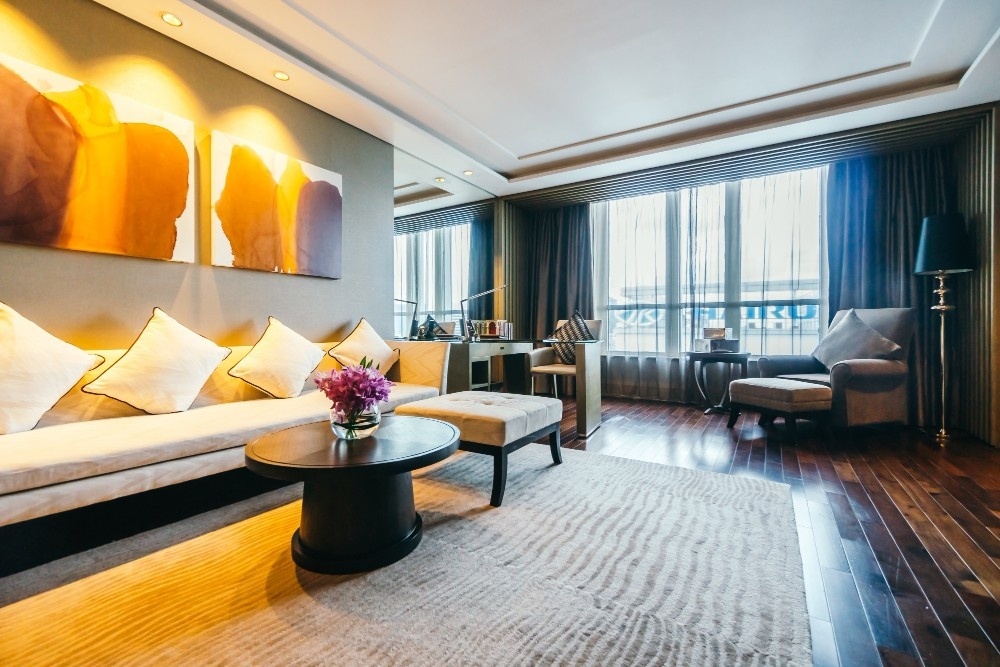

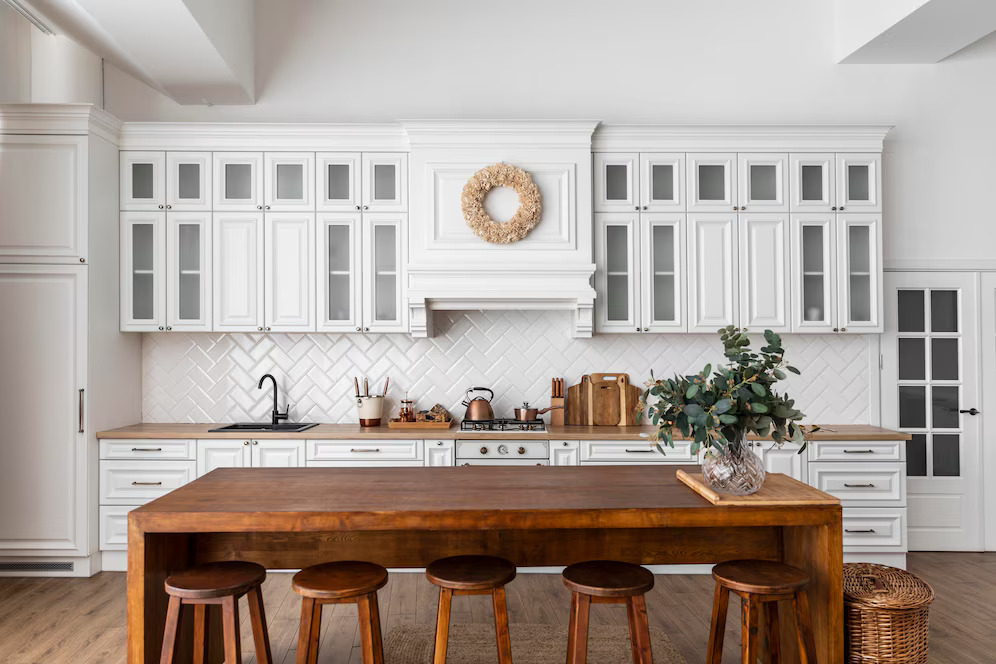

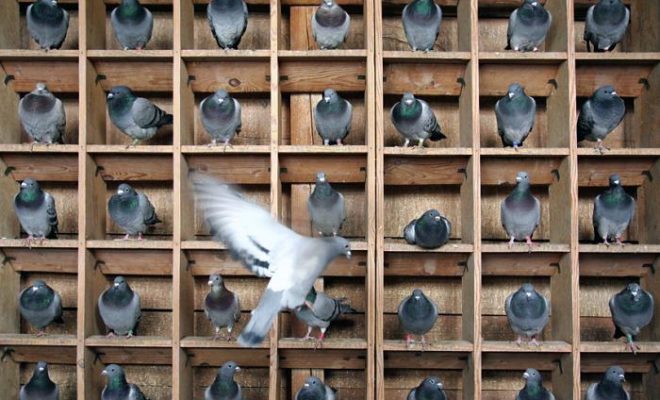
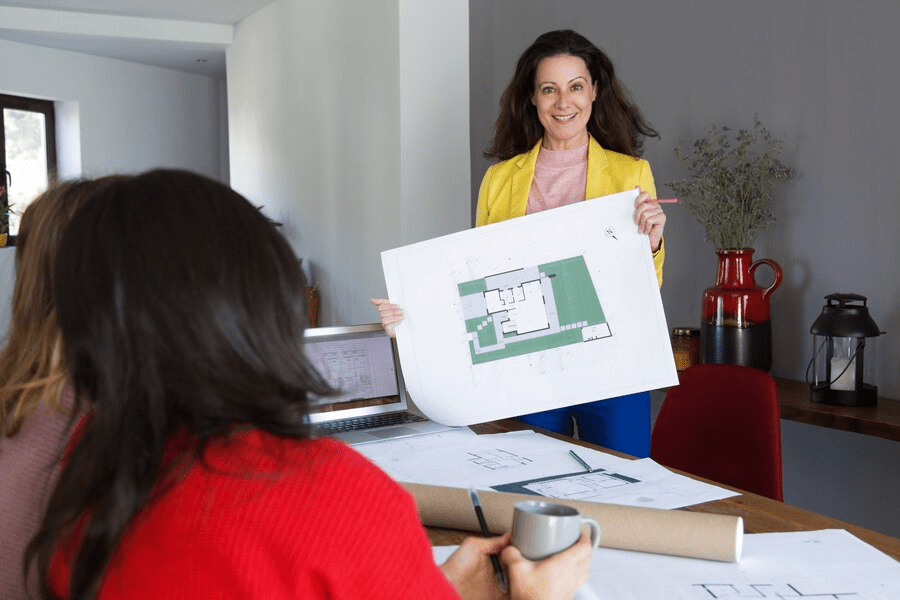

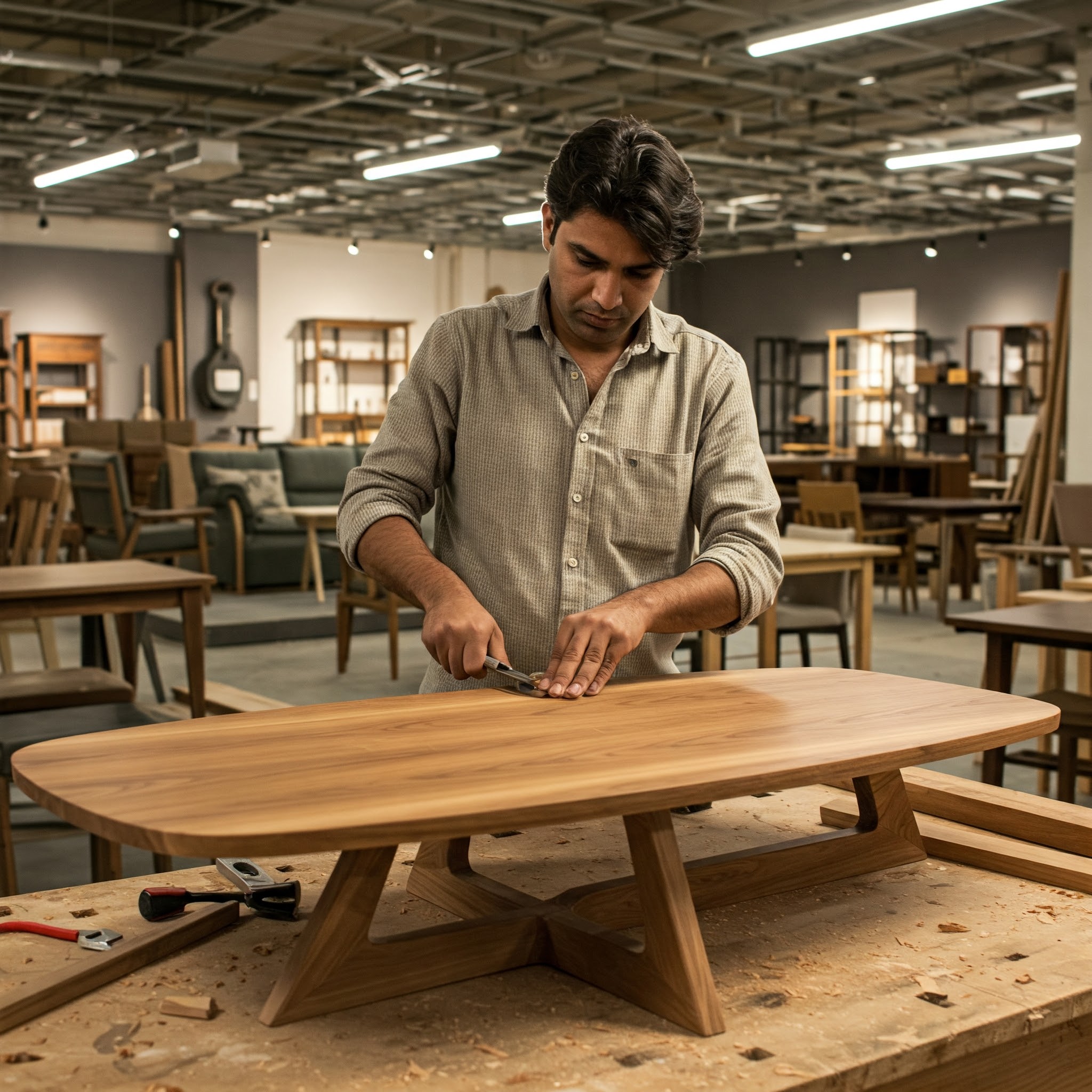

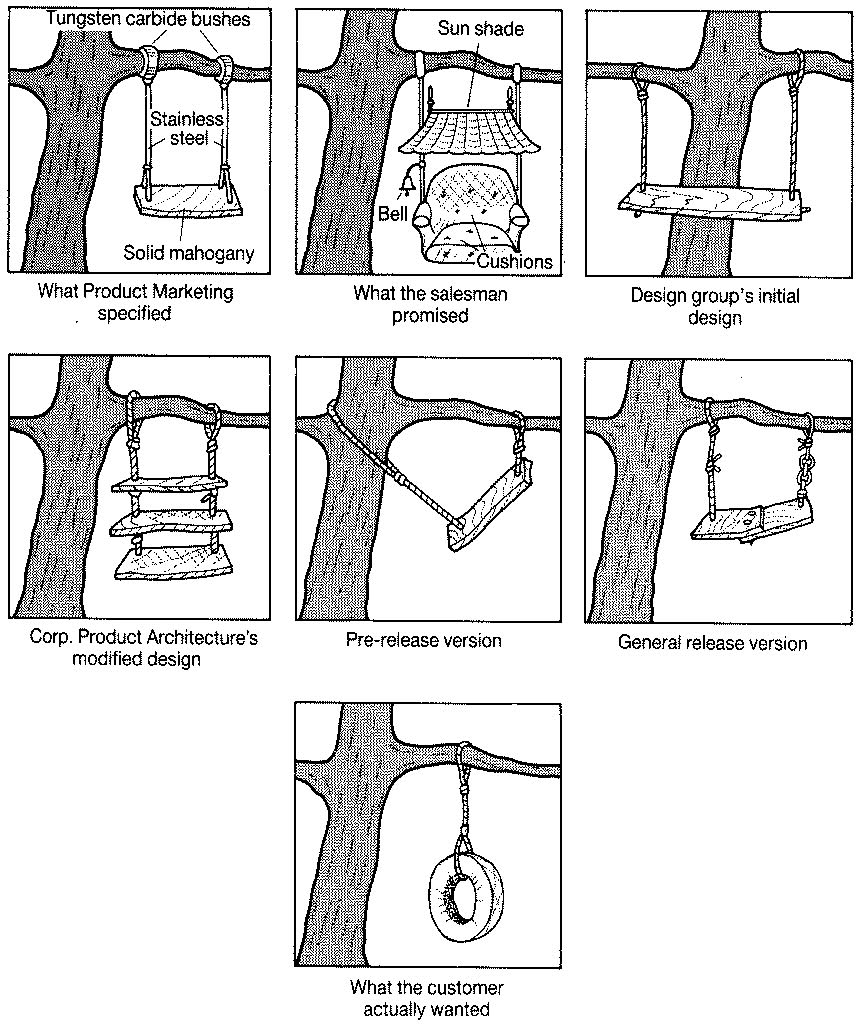



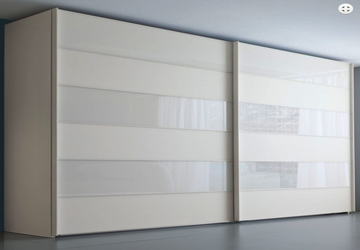


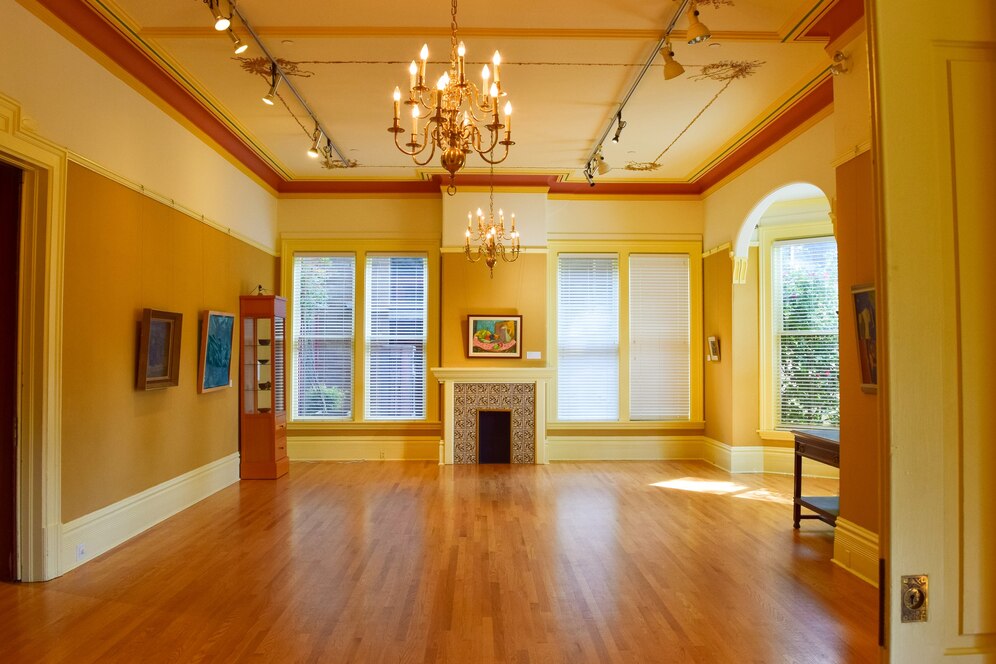






22 thoughts on “Lacquered Glass finish shutters for Home Interiors”
Hi Nandita,
I am considering using lacquered glass for my kitchen cabinets. However, my interior designer is against using it for the lower cabinets. They are okay to use it for the wall cabinets, but not quite for the lower base cabinets. How sturdy is lacquered glass for the kitchen base cabinets? One of the shutters would actually open to the wall. So, am a little concerened.
I would in fact not recommend Lacquered glass for the Kitchen at all. If you have to use it then, as recommended by your interior designer, restrict them to the top cabinets AND away from the hob/ chimney as much as possible – but know that they will need very high maintenance to keep them smudge free.
Hi Nandita,
I have came across 4mm acrylic shutters which looked more like glass, but could not find much detail on it anywhere online. What do you think about its application in kitchen?
Can we use glaks shutters in kitchen cabinets?
What is your view on glaks based on its durability?
4mm Acrylic shutters are available in the market. You can check out a brand call Makwana. Any Hi Gloss surface is a high maintenance finish. If you are able to maintain then you can go for it, my personal choice is to avoid hi maintenance finishes in the Kitchen unless the customer insists on it that she can manage it. You can also evaluate lacquered glass as it is equivalent to the 4mm acrylic with a little more colour options
Thanks a lot Nandita for such a prompt response…
One issue i can think of with glossy surface is smudge.
Is there any other problem like visible scratches etc with glossy surface?
What all you count when you say it is a high maintenance finish.
Regards
Hi Gloss is high maintenance as it needs constant cleaning of smudges, in addition the cleaning itself leads to minor scratches on the surface that over time start looking untidy
Madam I am bit confused between action tesa Uv coated board and water proof ply to use in kitchen lower cabinet can you suggest what to do
I trust your question is for the shutters. If you are looking for a Hi Gloss finish I suggest you explore Acrylic shutters instead of UV coated
Hi Nandita
I am bit confused about to use acrylic or lacquered glass for modular kitchen and as well as wardrobes in the bedroom. Can you suggest me which is better option acrylic or lacquered.
What to prefer for shutters of wardrobe
Block Board or Aluminium frames should be the preferred material for wardrobe shutters. Finish can be anything. If you are going for lacquered glass then it can be done on top of MDF too or on aluminium frames
The choice of the finish will only depend upon whether you will be able to maintain it. For generic Hi Gloss Finish for the Kitchen that is actually used everyday (not a Swiggy heavy Household :)) I would recommend Acrylic.
For the Wardrobes it could be acrylic or Lacquered Glass based on the maintenance and who is going to use – if Kids then Glass is a no no.
Hello Ms Nandita,
First,
Is MDF better or HDHMR better as shutters of wardrobes.
Secondly,
Is MR ply better or HDHMR or MDF better as carcass of wardrobes.
Please tell d best combination to go for a wardrobe.
Your advice would be of great help to us, thank you.
HDHMR is better than MDF, it is however heavier (more dense) than MDF and Ply – hence one needs to be careful for to use it correctly. For Wardrobes HDHMR is fine to use.
Hello ma’am
I am confused between acrylic ,lacquered and poly glass for my kitchen
Which one should b used in if which company
Looking for something smart with less maintenance
Hi Gloss + Low Maintenance = Acrylic. There are a number of Acrylic shutter manufacturers nowadays, please check with your local modular furniture vendors. Do however use only pre pasted acrylic shutters and do not attempt to paste the acrylic sheet in a local factory as that may not give a good finish
Hey nandita
Can u let me know where can i find glaks sheets i need to use for mine own kitchen.
All Glass vendors would have it. You can also check with Saint Gobain via their website/ dealer
Very informative article. But for a small room, it is kind of universally recommended to use mirror to open up the room. All the builder’s show flats in Mumbai these days have mirrored shutter wardrobes to make the bedrooms look a respectable size. But for a practical purpose in such cases, what do you recommend? Should we not use mirror in shutters at all? Is there any comparative advantage between mirror and backpainted glass in such cases, as in terms of ease of usage as well as reflection? And lastly, if we use just strips of mirror/lacquered glass in the panels, and not a full-fledged mirrored/backpainted glass door, will that be easier to use? I certainly do not want a scratch proof and brittle material, but was thinking about it given the small size of the bedrooms in my new apartment.
Mirrored shutters are fine till the time you are able to maintain them as they are prone to cracks under aggressive usage. Painted Glass or any glass for that matter will have the same issue.
Mirror strips work well for wall paneling in small rooms to give a feeling of spaciousness, they are however not recommended for any movable panels like shutters
Want wholesaler Price
You can check with Saint Gobain